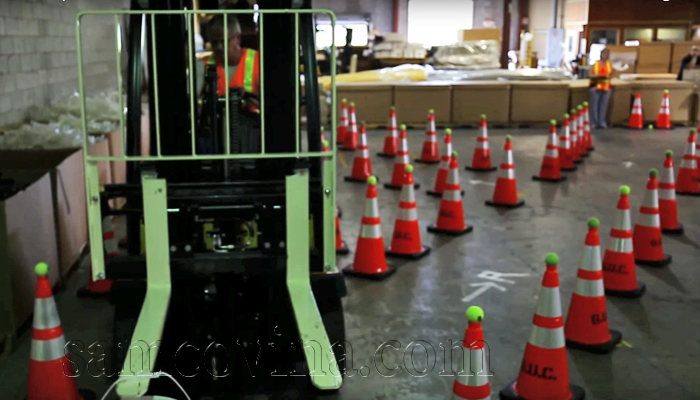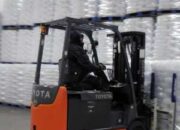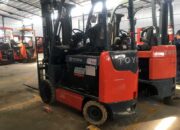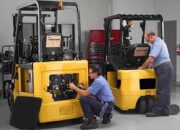You probably didn’t know these things about forklifts
Forklift trucks are the backbone of the equipment industry. It is one of the most common vehicles (machines) used to handle lifting, moving materials (objects, goods => working objects of forklifts) and forklifts play an important role. important in construction, warehouse, production facilities. But are you sure that you already know everything about forklifts? Definitely not because knowledge is endless, maybe you know one thing but not sure about another. Here samcovina.com shares some interesting facts about forklifts that you have probably never heard of.

The first thing is: Forklift accidents happen much less often than you think.
Did you know that forklift accidents (or forklift-related accidents) only 1% of all accidents occur in factories or warehouses? Although forklifts are not easy to operate or use. In all forklift exams or forklift workplaces, speed limits and safety is a must for operators, using forklifts to prevent many accidents from occurring. . However, forklift accidents account for up to 10% of all physical injuries that occur in factories and warehouses.
Second thing: are there any contests for forklift operator skills?
Yes! Some operators regularly improve their forklift operating skills by holding annual rodeos competitions that are fair competition and partly encourage hybridists to improve their skills and further hone their skills. knowledge for themselves when operating and using forklifts. In races there are often obstacles and the challenge is timing. Some companies even organize their very own forklift races.
What is the last thing? Before forklifts were born, what did people do to reduce labor for moving heavy objects?
Before the invention of the forklift truck, companies had to come up with their own methods for moving heavy objects. One of these companies was Clark’s axle factory in 1917. Clark invented something they called a “transport tractor,” which was an interesting mix between a truck and a truck. and the tractor. Visitors to the Clark factory were impressed with the distinctive model. Load stacking on the “transport tractor” must still be done by hand. In 1923 Yale took the design of the “transport tractor” and used it to produce the first electric truck with raised forks. Thus, the forklift was born.








